Matt Baker is often considered the first known successful African-American artist in the comic-book industry.
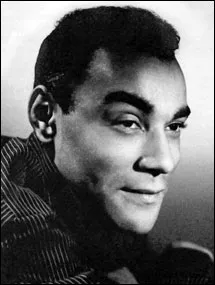
Clarence Matthew Baker was born on December 10, 1921 in Forsyth County, North Carolina. The son of Clarence and Ethel baker, Matt and his brothers Robert and John, moved with their parents to Pittsburgh, PA. Somewhere around 1940 he graduated from high school and moved to Washington, DC where he found a job working for the government. While many of his contemporaries were being drafted into the military over next year, Baker was not eligible for military service as he was found to be suffering from a heart ailment, the result of a childhood bout with rheumatic fever. He moved to to New York City to study art at the Cooper Union School of Engineering, Art, and Design, a privately funded college located in the East Village. He had been an avid drawer and found inspiration from many of his artistic heroes such as magazine illustrator Andrew Loomis, and comic book artists Will Eisner, Reed Crandall, Alex Blum and Lou Fine.
He began his art career in 1944 joining the S.M. Igor Studio as a background artist. The Igor Studio was a comics packager which produced ready-to-print feature material for comic book publishers. Igor recalled Baker coming in for a job interview. “[Baker] came to my studio in the early ’40s; handsome and nattily dressed, ‘looking for a job’, as he put it. His only sample was a color sketch of—naturally—a beautiful gal! On the strength of that and a nod from my associate editor Ruth Roche, he was hired as a background artist. … When given his first script, he showed originality and faithfully executed its story line. His drawing was superb. His women were gorgeous!”
His first assignment was to work as a penciller and the inker on the 12 page
Sheena, Queen of the Jungle story in Fiction House’s
Jumbo Comics #69. In the comic book industry, a penciller provides a rough draft of the visual view of the storyline, providing a layout of the scenes. These scenes were drawn in pencil because they would go through several drafts after being presented to the editor. As defined by Wikipedia, an inker
Inker - Wikipedia “outlines, interprets, finalizes, retraces this drawing by using a pen or a brush.” During this period of time which historians refer to as the “Golden Age of Comic Books,” Baker did work through Iger’s studio for Fox Comics, Fiction House, Quality Comics and St. John Publications. In his earliest days he pencilled the backgrounds as well as the female form for other artists. Thus, much of his work was inked over by other artists who got credit for the artistic work. He developed a reputation early on as one of the best “Good Girl” artists in the business, a master at drawing the female form. He paid attention to the smaller details that allowed his comic book heroine to come alive as a more robust character.
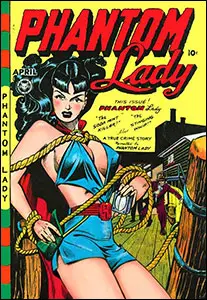
Good Girl Art, as defined by American science fiction and mystery author Richard Lupoff is “a cover illustration depicting an attractive young woman, usually in skimpy or form-fitting clothing, and designed for erotic stimulation. The term does not apply to the morality of the “good girl”, who is often a gun moll, tough cookie or wicked temptress.
In 1944 Baker took over as the principle artist on “
Sky Girl”, a regular feature in Fiction House’s
Jumbo Comics. Sky Girl told the story of an Irish Redhead named Ginger McGuire who worked as a ferry pilot in the Pacific theater of World War II, helping to fight against the Japanese. He drew for this series until its last issue in August 1948. In December 1946 Matt illustrated the popular character
Lorna Dorne for Classic Comics. At about the same time, he was assigned to a Fiction House
Fight Comics feature called “
Tiger Girl.” Tiger Girl was a blonde bombshell with a magic amulet and a Shakespearean vocabulary. Baker worked on her comic for three years.
His most well known character was
Phantom Lady. Phantom Lady was much like any other female character in those days. She was a Washington socialite who wanted to fight crime, designed a super-heroine outfit and use a “Blackout Ray” invented by a friend of her father. When Victor Fox of Fox Features Syndicate asked the Iger Studios to furnish him with a sexy female costumed hero, Iger sent him Phantom Lady and assigned Baker to the artistry. Baker immediately made changes to the character and her costume. He put her in blue short-shorts with slits up the sides and a matching halter top. He gave her a her belt in front and a dramatically plunging neckline along with a scarlet cape. This look became her most popular version and premiered in Fox’s
Phantom Lady #13 in August 1947. He pencilled and inked the character through 1949.
Baker’s personal life was somewhat of a mystery, with some describing him as a serious ladies man and others suggesting that he was a homosexual, the proverbial confirmed bachelor. What is known is that he lived in a five story building in Manhattan, in which he worked all hours of the night. He often worked for days on end before collapsing into several days of sleep. He was described by everyone as a very handsome man, standing 5’ 10” and as one of the coolest, hippest dressers in all of New York City, jetting around town in a canary yellow convertible Oldsmobile. He thoroughly enjoyed his life in the Big Apple, burning the candle at both ends, enjoying jazz music and working hard as one of the most prolific artists in the comic book industry. Unfortunately, he still had the weakened heart, which ailed him whenever he had to take the stairs to his apartment or make a brisk walk on the street, leaving him breathing heavily and exhausted.
"
Matt Baker’s unique contribution to the field of GOLDEN-AGE COMIC BOOK ART sustains a growing popularity for the books he illustrated."
— Richard Muchin
Golden Age Comic Book Expert,
TomorrowsTreasures.com
Matt did not talk openly about his position as a Black man in an almost all white field, but instead let his talent talk for him. As fellow artist Al Feldstein said “he was a rare phenomenon in an industry almost totally dominated by white males. However, he was extremely talented, and it was his talent that overcame any resistance to his presence based on racial bias. But I feel that Matt, personally, was acutely aware of the perceived chasm that separated him from the rest of us. And it may be that because of that perceived problem there is little known about Matt Baker, aside from his stunning artwork that speaks for himself.”
He began working for St. John Publications in 1948 and became the company’s lead artist. He pencilled the groundbreaking picture novel “
It Rhyme With Lust,” in 1950, which many consider the earliest form of the modern graphic novel. He also produced “
Flamingo” from 1952 to 1954 as a syndicated comic strip for Phoenix Features.
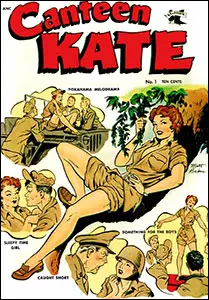
Baker went on to work on other characters which he popularized over the next decade. One of his first endeavors for St. John Publications was “
Canteen Kate”. Baker drew all 22 installments of the series focused on the kooky Korean Wartime cutie and her morale-boosting screwball antics. He then began a long string of work on romance titles such as
Teen-Age Romances, Diary Secrets, Teen-Age Temptations, Pictorial Romance and Wartime Romances. Over the years, because of his expertise in the female form, these would become some of the most popular and sought after titles that he provided artwork for.
While his depiction of sexy women would be viewed as groundbreaking in modern times, the risque drawings drew the ire of conservative organizations back in the 1950s. Dr. Fredric Wertham, the anti-comic book propagandist, featured Baker’s artwork from the cover of
Phantom Lady #17 in his book “
Seduction of the Innocent” in 1954, a book that created alarm among parents and prompted them to push the comic book industry to establish the the Comics Code Authority in order to voluntarily self-censor their titles.

Later in the decade, Baker worked as a freelancer for Atlas Comics, a company that would eventually evolve into Marvel Comics. His first assignment in December 1955 was working on a five-page anthological story titled “
Showdown at Sunup” in
Gunsmoke Western #32, which he pencilled and inked alongside a script presumed to have been authored by comic book legend Stan Lee. He would continue drawing westerns during this period, drawing for Atlas’
Western Outlaws, Quick Trigger Action, Frontier Western, and
Wild Western. He even extended his work to the realm of science fiction anthologies such as
Strange Tales, World of Fantasy, and
Tales to Astonish (“I Fell to the Center of the Earth!” in issue #2, March 1959). Baker’s last confirmed work was on a six-page story titled “
I Gave Up the Man I Love!” in the Atlas/Marvel’s
My Own Romance #73,published in January 1960.
In the end, Baker’s weakened heart would betray him. After suffering a stroke in 1957 which affected his artistic abilities, Matt Baker died on August 11, 1959 in New York City, the victim of a heart attack. As one of, if not the first, Black artists in the world of comic books, much of Baker’s career and life was lived under the radar and thus like many men of mystery, his legend has grown over the years. His ability to move from drawing super-heroines, to war themed stories to romance stories to the exploits of cowboys demonstrated his wide artistic range and willingness to take on challenges. He is now very well regarded as an artist and many wonder what levels of success he would have enjoyed had he been a white artist and not been betrayed by a bad heart.
Baker was inducted into the Will Eisner Comic Book Hall of Fame in 2009, leaving behind a legacy that should prove to be a model for young Black artists following in his path.
Lost Art of Matt Baker : The Complete Canteen Kate [BOOK]

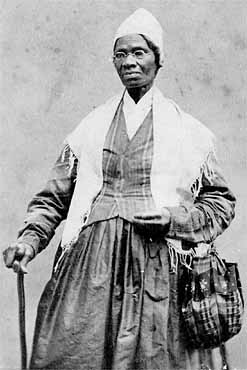
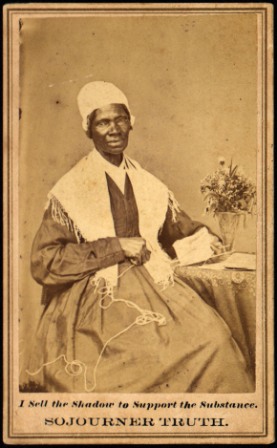
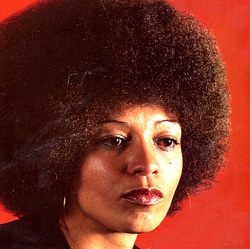
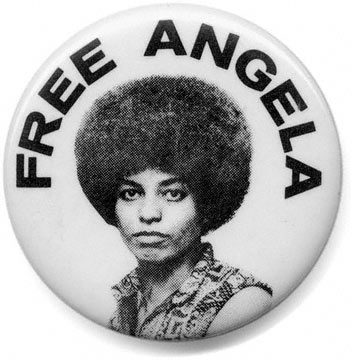
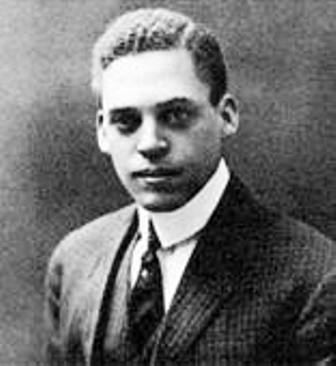
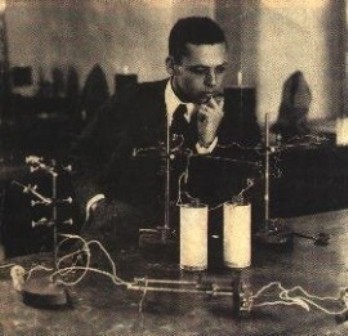
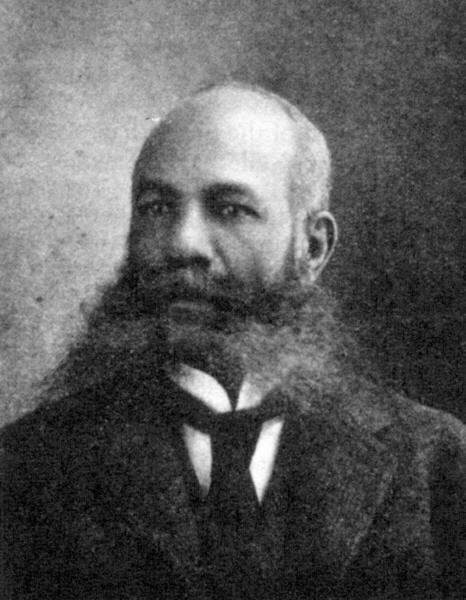
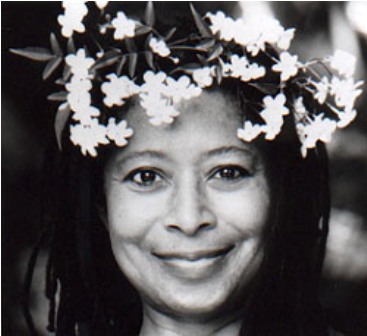




 i didn't contribute to this thread
i didn't contribute to this thread 






